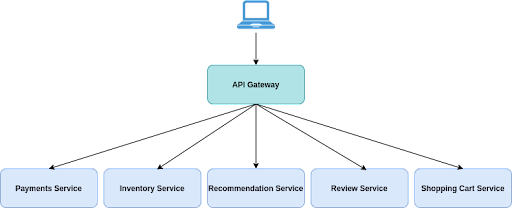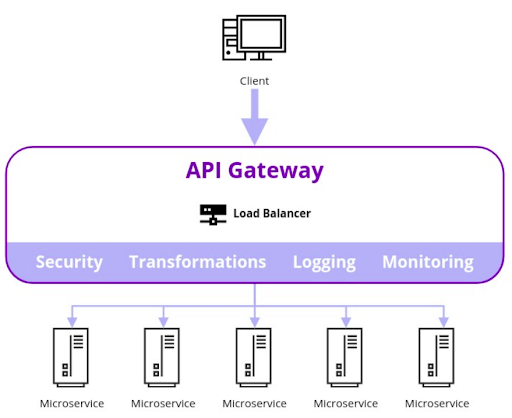Architecture of API Gateway
API Gateway's architecture consists of multiple components working together seamlessly. It typically involves handling incoming API requests, routing them to the appropriate backend services, managing API versioning, and enforcing security policies. Additionally, it contains functionalities like rate limiting, load balancing, and SSL termination to enhance performance and security. The structure may include a reverse proxy for traffic routing and an ingress controller for managing ingress to backend services efficiently. These components collectively ensure smooth communication between clients and backend systems.This simplifies API management by providing one central point of control which aids developers in focusing on building individual services rather than being encumbered by complex networks of APIs





